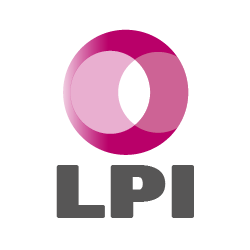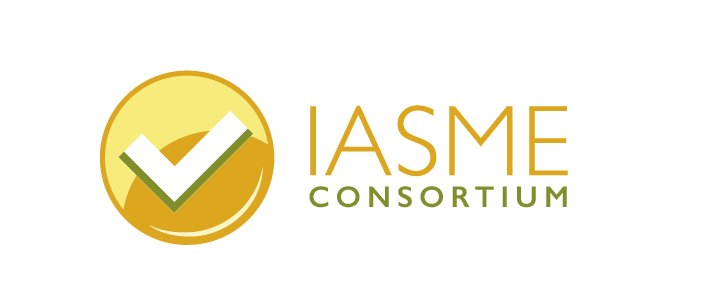The LPI Capability Map
Self-assessment for modern workplace learning professionals
We’re mapping the essential skills for modern L&D
VIRTUAL CLASSROOM FACILITATION
PERFORMANCE IMPACT ANALYTICS
MARKETING FOR L&D
a total of 24 skill areas that L&D experts say are in demand right now
How do you measure up?
Take the LPI Capability Map self-assessment to:
 Now there’s a better way to match your L&D skills with the best jobs. Register with Blue Eskimo and upload your Capability Map self-assessment along with your CV for pinpoint accurate job-matching.
Now there’s a better way to match your L&D skills with the best jobs. Register with Blue Eskimo and upload your Capability Map self-assessment along with your CV for pinpoint accurate job-matching.
Who is using the LPI Capability Map?

Thousands of learning professionals from over 90 countries representing over 65 industries have self-assessed using the LPI Capability Map
how was it developed?
First launched in 2012, with revisions in 2018, 2022, and 2023, the LPI Capability Map is helping thousands of individuals and teams identify their strengths and skills gaps, and understand what is needed to build future capability.
Available online 24/7, free for individual use, and regularly updated, the LPI Capability Map is the ultimate tool to help L&D people do their jobs better and prime them for success in this rapidly changing business world.
The individual assessment areas were developed by leading international experts in their respective fields of learning using the latest research, frameworks and real-world experience. These individual areas were normalised for terminology usage and then combined to form the LPI Capability Map. The final design has been tested and peer-reviewed collaboratively over several iterations.
what are we learning from the data?


The LPI Capability Map defines the 24 essential skills for modern, effective and future-ready L&D teams. Since its launch, we’ve been looking at how the skills of L&D professionals around the world are shifting.
From self-assessment data gathered from learning professionals, the highest and lowest skills are showing us what L&D is good at and where it needs to focus.




